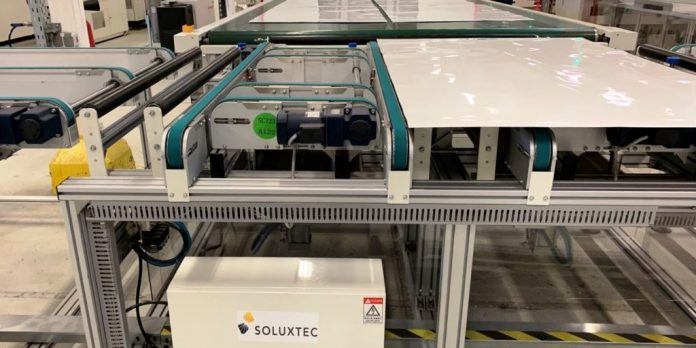Solar module manufacturers in German-speaking countries are scaling up production with Energetica working flat out on its gigawatt production plans in Austria and Solarwattrecently announcing the 250 MW expansion of its German module production lines in Dresden.
Fellow module maker Soluxtec, based in Bitburg in the Eifel region of western Germany, is pursuing similar plans. “In order to meet demand in … general market development, we are converting existing equipment and will install the first additional machines in the summer,” Soluxtec’s Tim Leutert told pv magazine. The manufacturer wants to almost treble its 200 MW solar module production capacity to 550 MW. “According to today’s plans, the conversion should be completed by the end of the third or beginning of the fourth quarter,” Leutert added.
Soluxtec will continue to offer modules in non-standard dimensions, colors and sizes but the production line expansion will add 60-cell, glass-backsheet and double-glass conventional modules to the list of products manufactured.
Summer plans
The company produces monocrystalline PERC, full-cell technology and Leutert said the new production facilities will turn out 350 Wp-plus panels. The new facilities will also enable the manufacture of products with busbars.
Luxembourg-owned Soluxtec has been monitoring trends in the global module market for two years, said Leutert, before settling its expansion plans in November.
New laminators and interconnection machines will be installed in the summer, followed by more stringers. Soluxtec expanded the rest of the production line last summer so the company could adapt its equipment to manufacture new types of module and expand volume, Leutert said.
The company is preparing to increase shifts despite the spread of the COVID-19 coronavirusin Europe. Leutert said the usual switch from two to three production shifts that would occur from winter to summer has been brought forward a month to April 1 this year.
The Soluxtec representative added, the company expects to continue to sell most of its products in Europe, a market which currently accounts for around 90% of its output.






